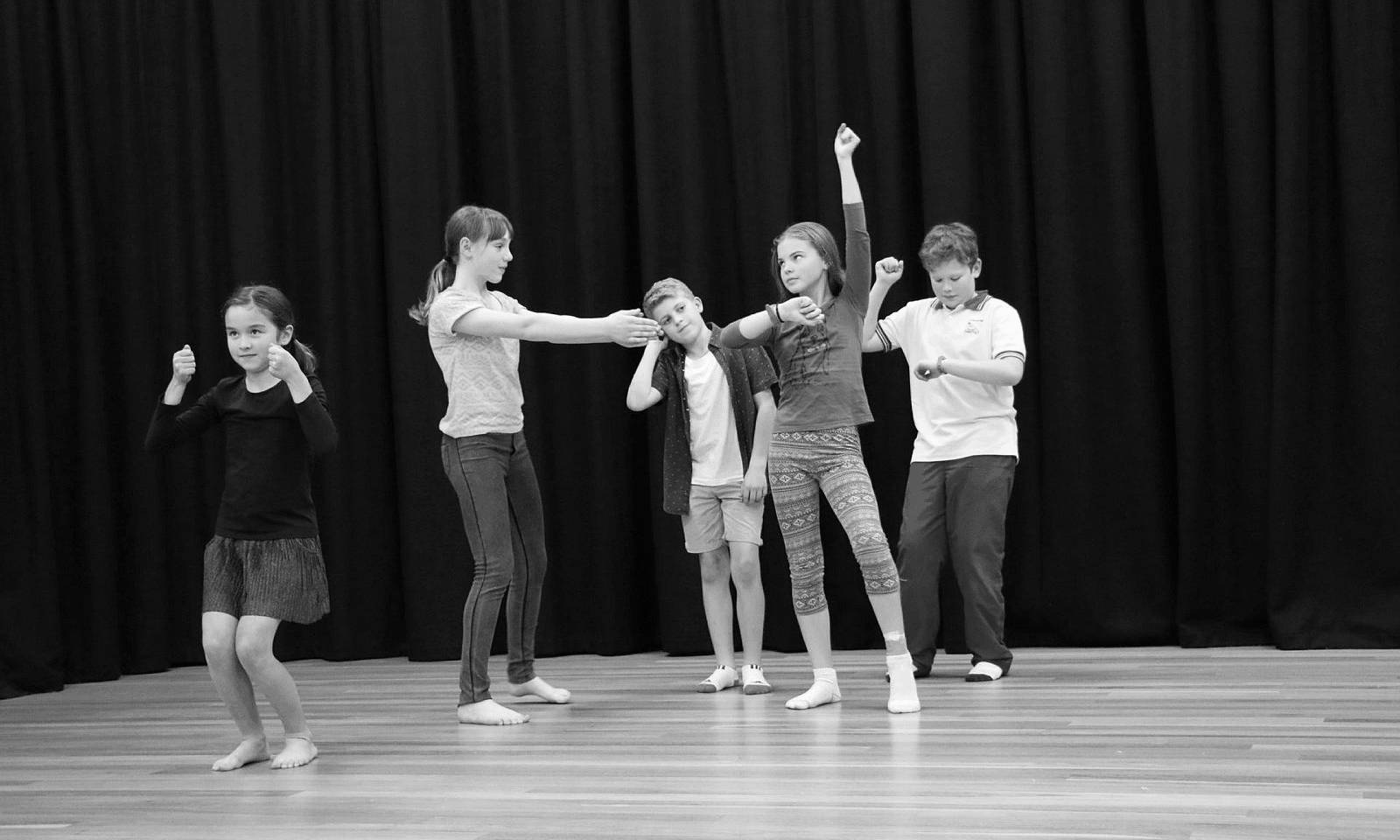Project Update – August 2024
Results of soil testing - Asbestos
Asbestos testing following all Environment Protection Authority and SafeWork guidelines was undertaken in August 2023, with further sampling undertaken in February 2024.
The results showed little evidence of widescale asbestos disposal within the sampled soils.
Background air quality monitoring undertaken during the soil investigations all returned normal results.
A total of seven (7) fragments of asbestos containing materials were found across 50 sampling points during excavations. The location and condition of these materials may be indicative of the incomplete clean-up of historic illegal dumping incidents, or remnants of road-base in areas historically used as roads and car parks. Work will be scheduled to complete the clean up of these areas, and ensure that no road base remains in the topmost layers of soil.
Small detections of friable asbestos were found in soils in only two (2) of the 50 sampled locations. These are likely associated with the break-down of the identified fibro fragments found within soils.
Polycyclic Aromatic Hydrocarbons (PAH’s)
The results showed evidence that some soils contain polycyclic aromatic hydrocarbons (PAH’s). PAH’s arise due to the incomplete combustion (burning) of organic materials, and are present in a number of diverse substances, including cigarette and wood smoke, car exhaust, petroleum, coal, or tar based products, burnt or charred food, and many more.
PAH’s can be present in soils as a result of the deposit of airborne particles over extended periods (i.e. from car exhaust fumes), as well as via contamination of soils with PAH containing substances (e.g. burnt tyres, coal, or leaking petroleum).
PAH’s are known carcinogens, with humans likely to be exposed through ingestion (eating), inhalation (breathing vapours or contaminated dust) or through dermal contact (handling affected substances with bare hands).
Given the risks that PAH’s can pose, additional testing was carried out in February 2024 to determine the bioavailability of PAH’s in the soils at James Ruse Reserve. Bioavailability refers to the ability of a substance to be absorbed, and then affect, the body. Over time, PAH’s have a tendency to become less bioavailable, meaning that humans interacting with soils are less likely to be exposed to any PAHs present.
The additional testing found that the PAH’s within soils at James Ruse Reserve have low bioavailability and do not pose a risk to human health given the site’s current use.
-
Temporary closures 16 to 18 August 2023
The City of Parramatta and licensed contractors will be conducting soil investigations in James Ruse Reserve between 7am and 5pm from Wednesday 16 to Friday 18 August, 2023. During works, small areas of the reserve will be closed to public access.
Why is this park being tested?
The NSW Environmental Protection Authority (EPA) has recently identified James Ruse Reserve as a site that may in the past have received asbestos-contaminated fill.
In 2009, the Department of Environment, Climate Change and Water (DECCW) released a report identifying a number of sites across Western Sydney where waste asbestos materials, associated with the activities of James Hardie Industries, may have been disposed as fill. That report identified Experiment Farm Reserve, located to the south of Parkes Street, as a potential site. At this time, James Ruse Reserve was not identified as a possible site.
Testing carried out at Experiment Farm Reserve confirmed the presence of asbestos materials in varying depths at the site. A protective capping layer including a brightly coloured marker layer was constructed at Experiment Farm Reserve in 2022.
Between 2016 and 2022 the NSW EPA carried out a review of the initial DECCW report. In addition to identifying several new sites, the EPA also adjusted the boundaries of several sites. In May 2023, the NSW EPA provided Council with a revised map which now includes James Ruse Reserve within the boundaries of the Experiment Farm site. While site inspections have identified no surface evidence of asbestos materials, it is possible that materials may be present at depth.
Prior to the construction of Parkes Street, James Ruse Reserve was connected to Experiment Farm Reserve to the south. Soil investigations at James Ruse Reserve will determine if any of the materials found underground at Experiment Farm Reserve extend underneath Parkes Street, and into James Ruse Reserve.
If there is asbestos in the soils, will that mean I have been exposed?
Asbestos is a naturally occurring mineral that was used extensively in building materials in the twentieth century. It is still present in thousands of homes throughout Western Sydney. We are all exposed to some level of asbestos each day, with estimates ranging between 1 and 200 asbestos fibres being present in each cubic metre of air. A number of factors influence the impact of this exposure. Generally, however, risk is increased when a person is exposed to large amounts of asbestos repeatedly over a long period of time. Smokers are known to be at a higher risk.
Asbestos in soils can only pose a risk to health if any asbestos containing materials in the soil are disturbed and its fibres can become airborne and be inhaled. Soils that support vegetation tend to be particularly good at keeping that from happening. Soil retains moisture which helps to prevent asbestos containing materials and fibres from reaching the surface and becoming airborne. Similarly, ground covers like turf create a natural barrier that prevents erosion of topsoils and turf underlay, and thereby helps to prevent the exposure of any materials buried below. In addition to the construction of the hardstand waterplay area, a layer of new topsoil and turf was introduced to James Ruse Reserve during the construction of the waterplay area and playground, offering a further buffer between the surface and any materials that may be buried onsite.
Air quality monitoring undertaken at other sites confirm that normal recreation uses, like those that are common at James Ruse Reserve, do not involve the level of disturbance necessary to expose buried materials. It is important, however, to identify where such materials may be present, to ensure that they are not disturbed during construction or utility maintenance works, to ensure that any excavated soils are handled properly, and to ensure that sites are managed in accordance with modern standards.
If you have more specific questions about asbestos and health, you can call the Western Sydney Local Area Health District’s Environmental & Public Health unit on 9840 3603. Alternatively, for more information about how legacy asbestos sites are managed you can contact the NSW EPA on 13 55 55, or Safework NSW on 13 10 50.
What work will take place?
The works will involve excavation of a number of boreholes using hand tools. Samples of the soils beneath the reserve will be inspected and extracts taken for laboratory analysis.
To ensure the ongoing safety of the community and workers conducting the testing, air quality monitoring will be undertaken at all times during sampling. Barriers will be in place to prevent public access to the testing area, and ensure a safe distance between the public and the test area.
Areas tested will be inspected and certified as safe before being reopened to public access. In accordance with work health and safety requirements, workers carrying out the testing will wear appropriate protective equipment. This may include masks and gloves.
Given potential heritage sensitivities, works will also be overseen by a qualified Heritage Consultant or Archaeologist.


